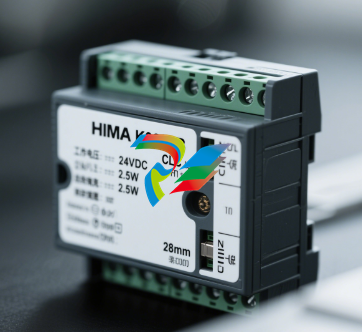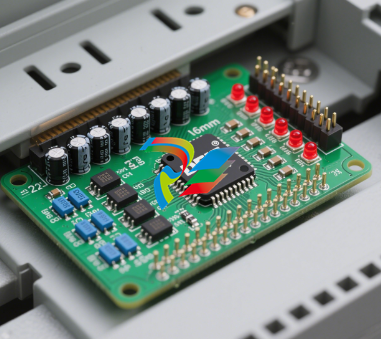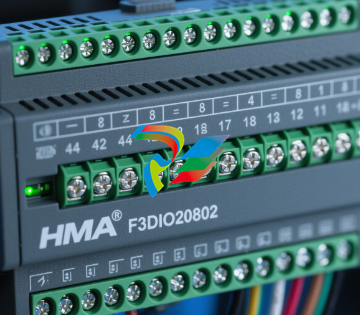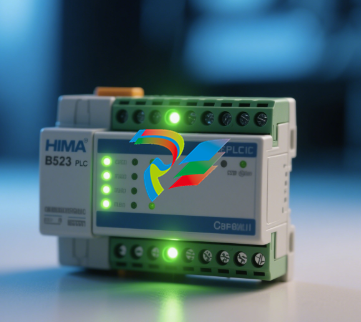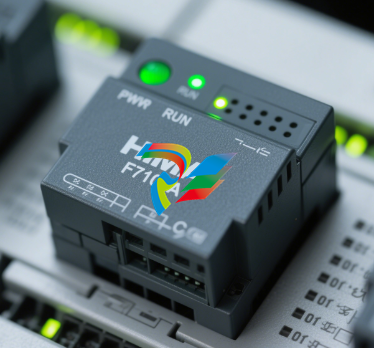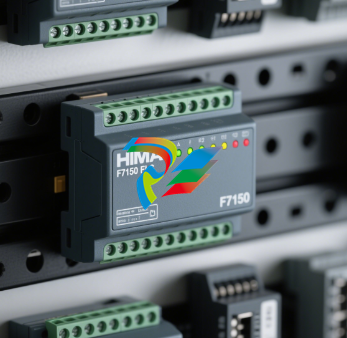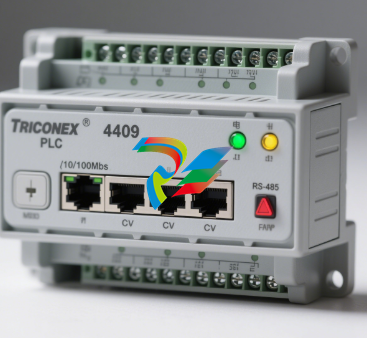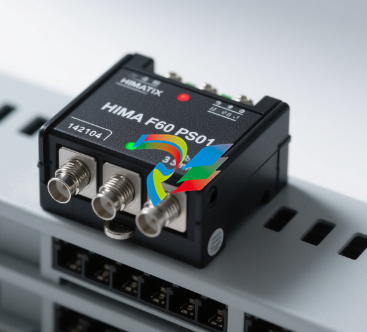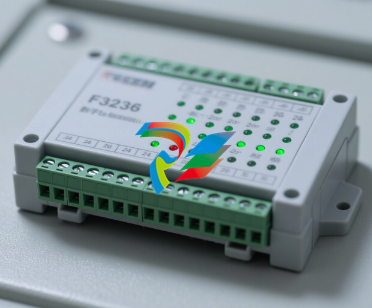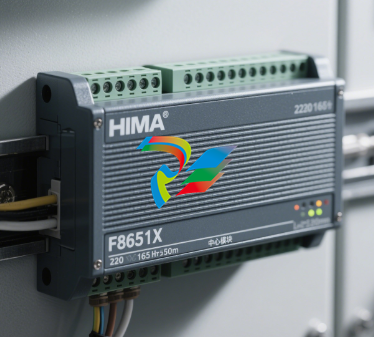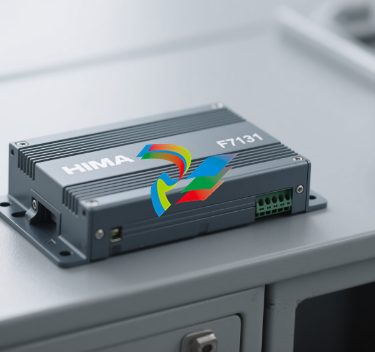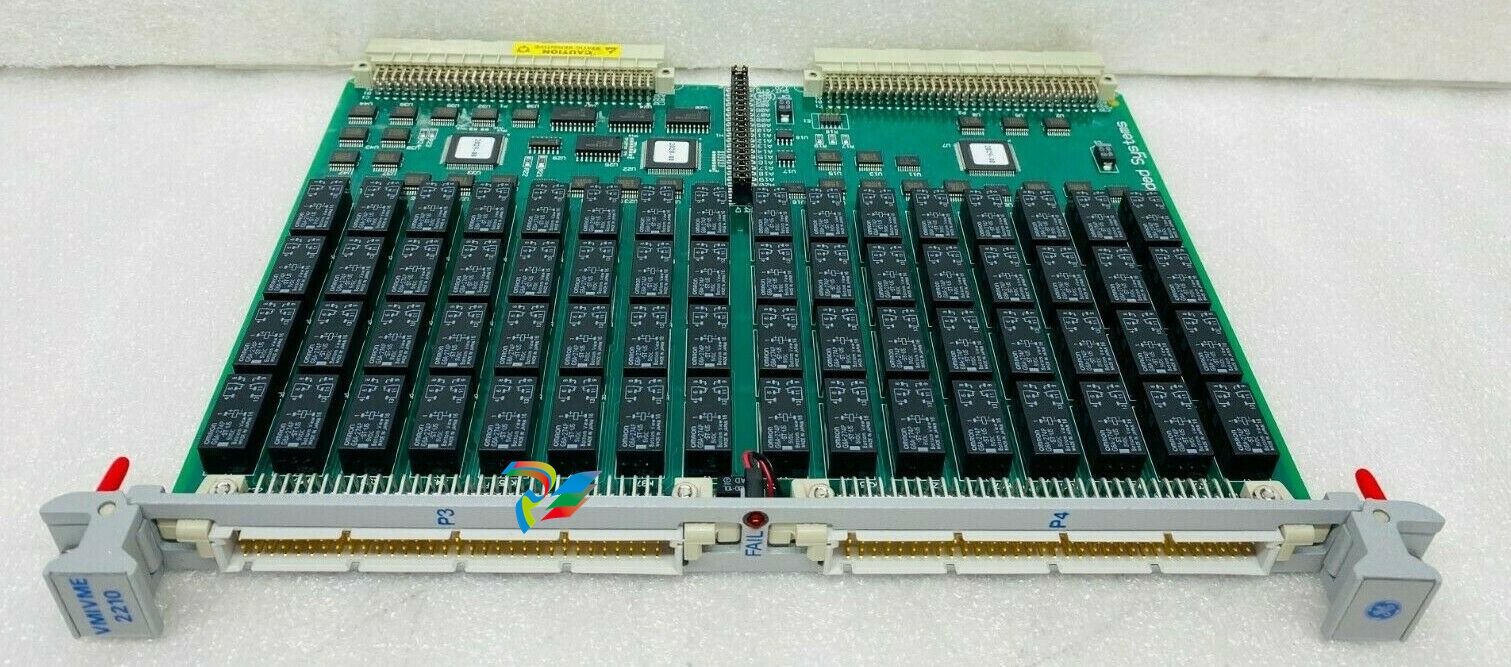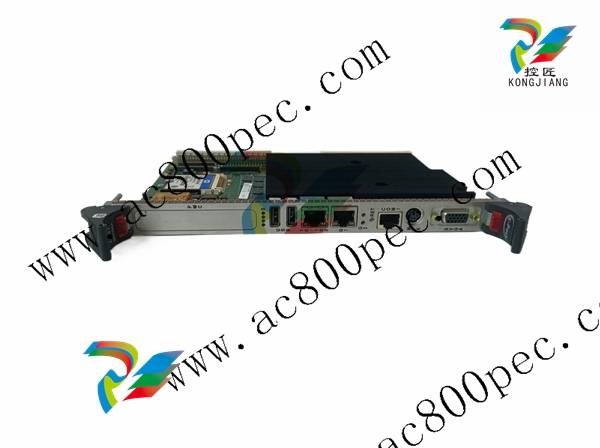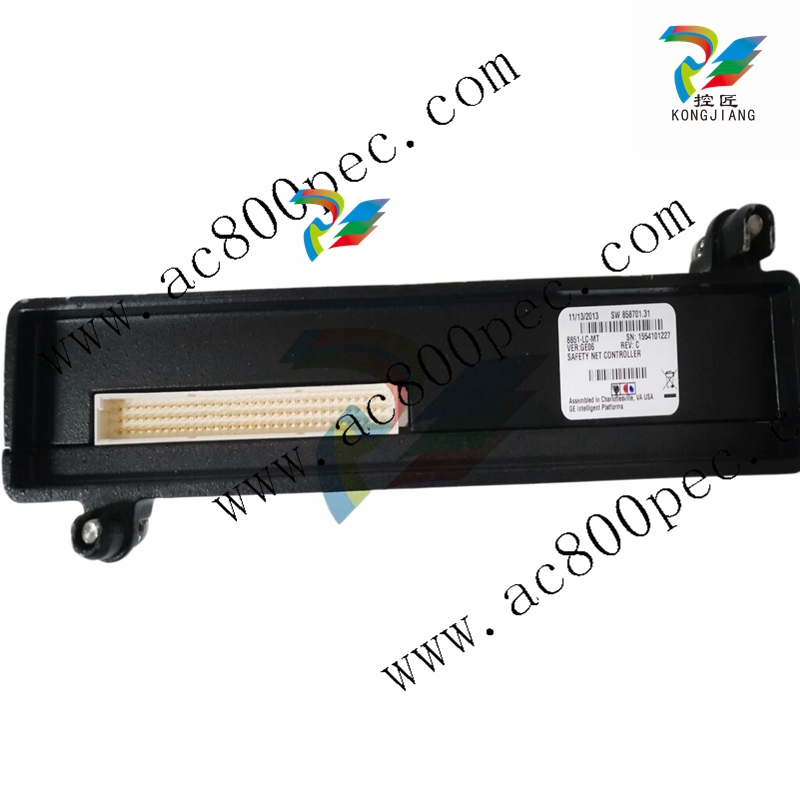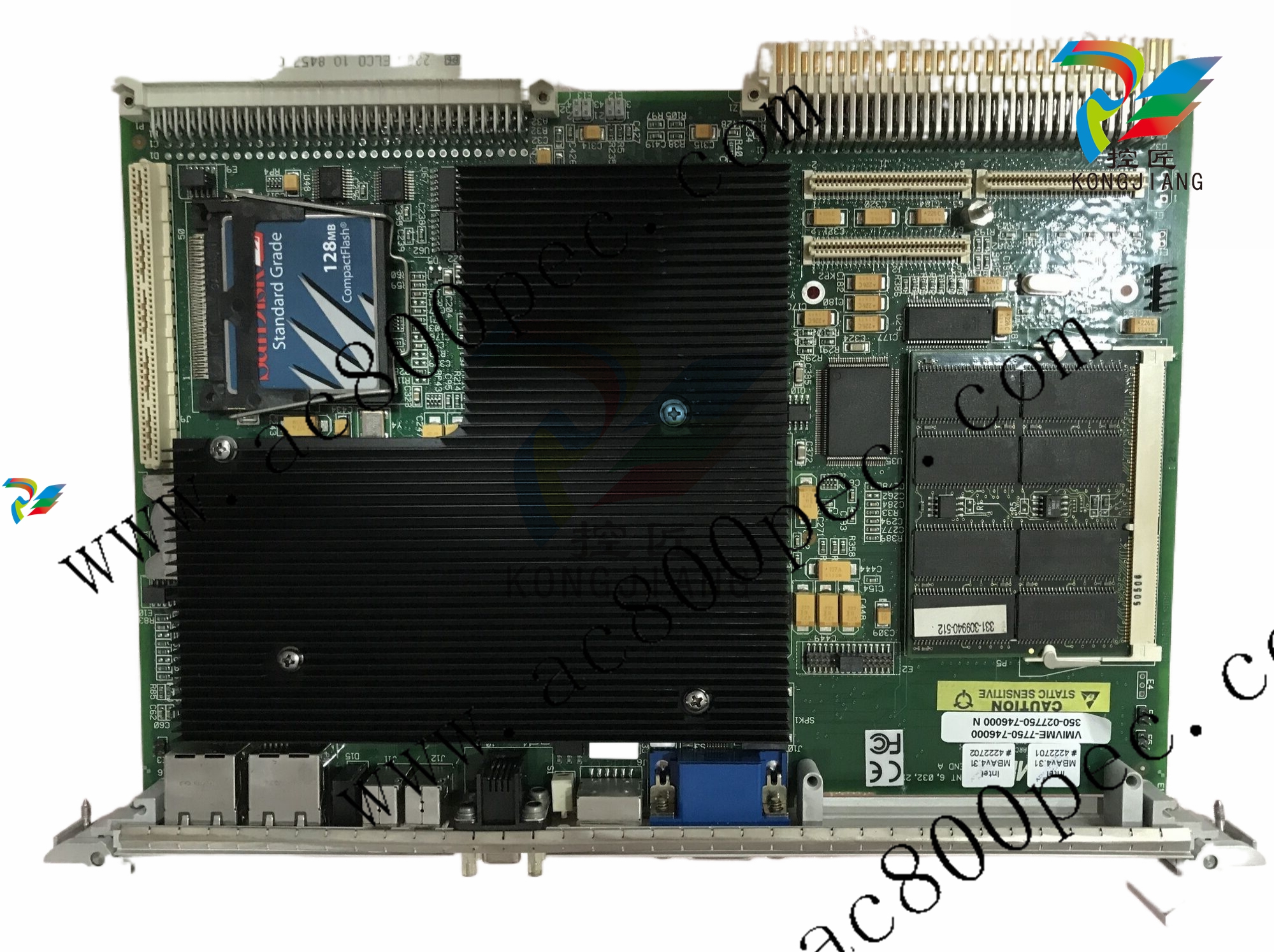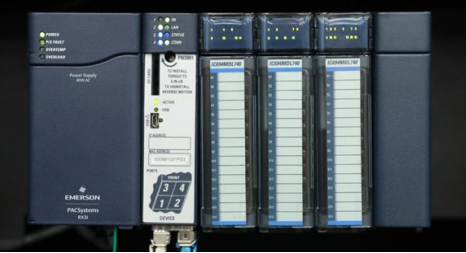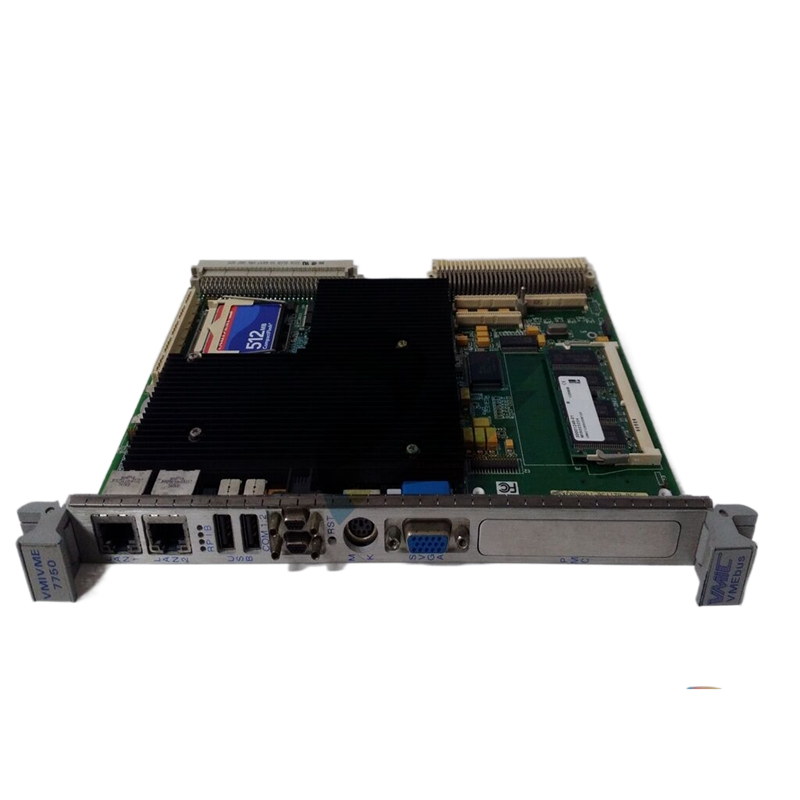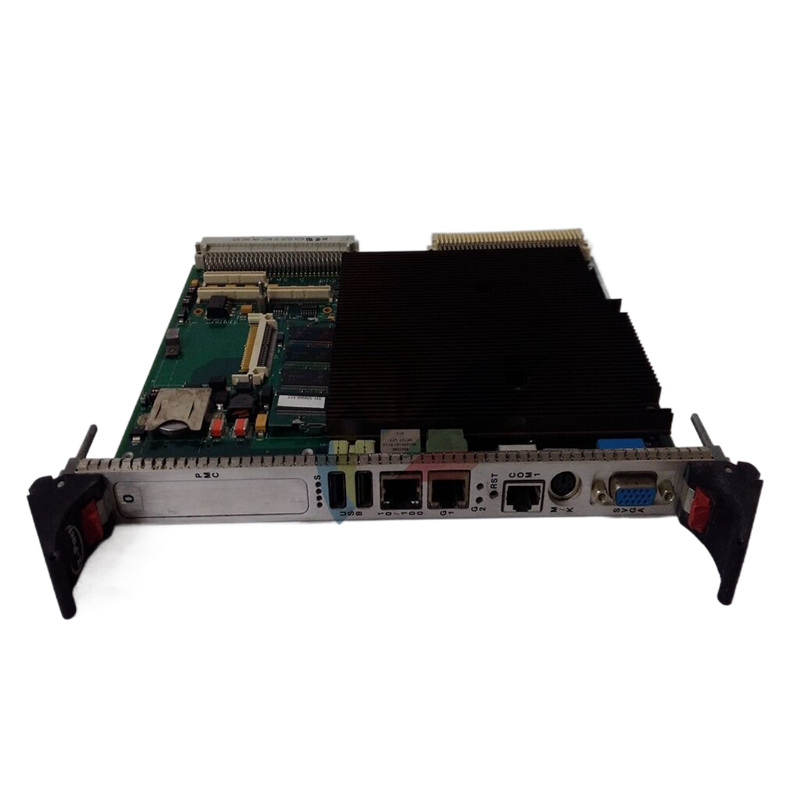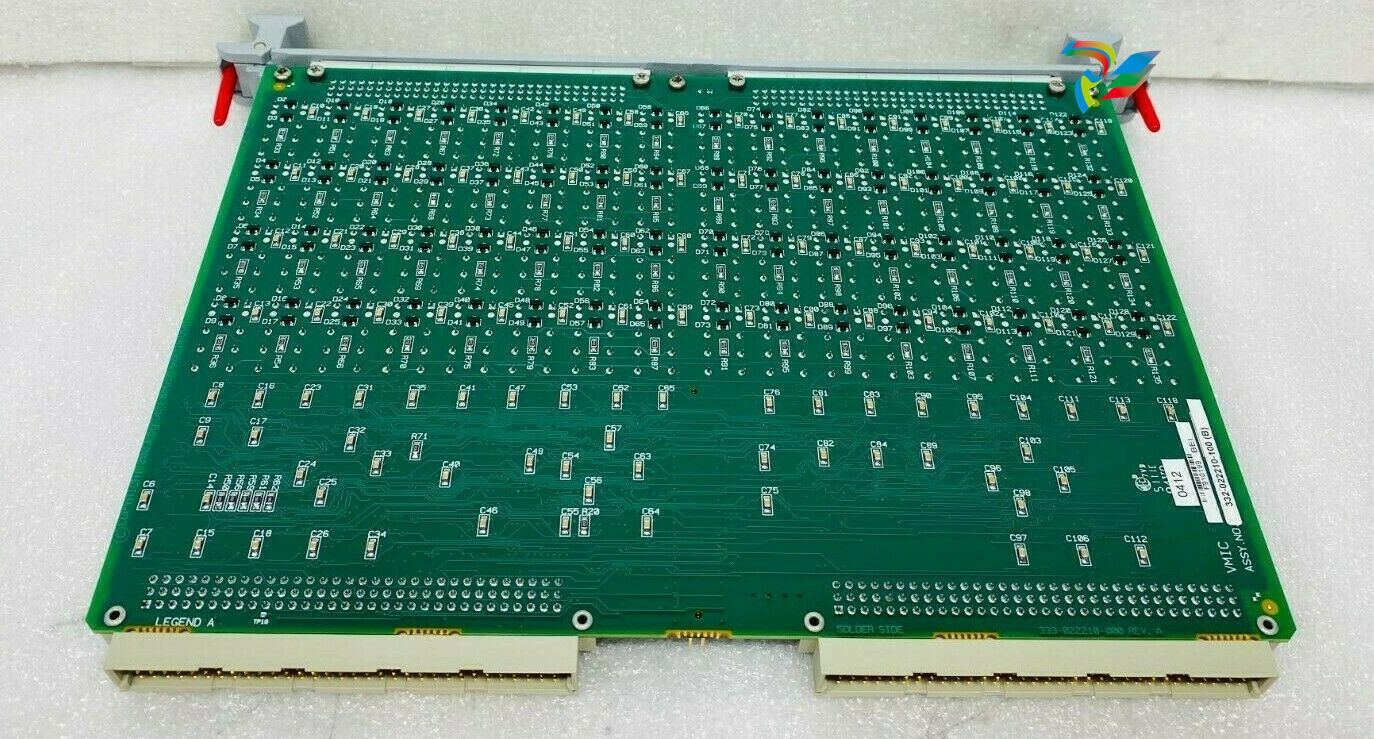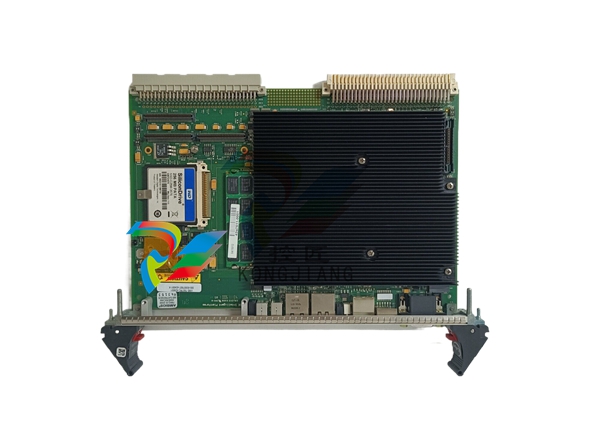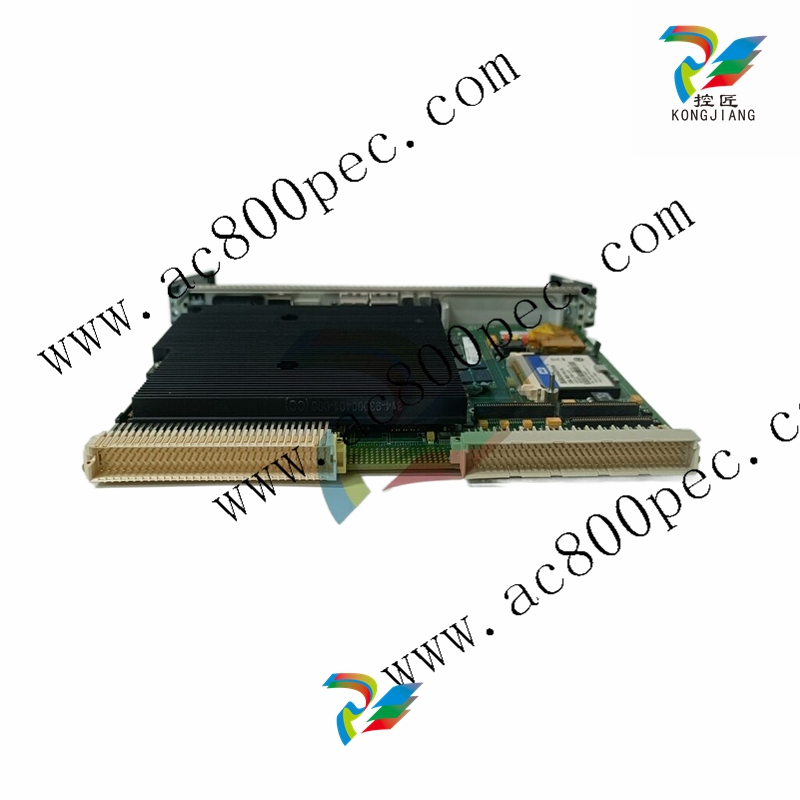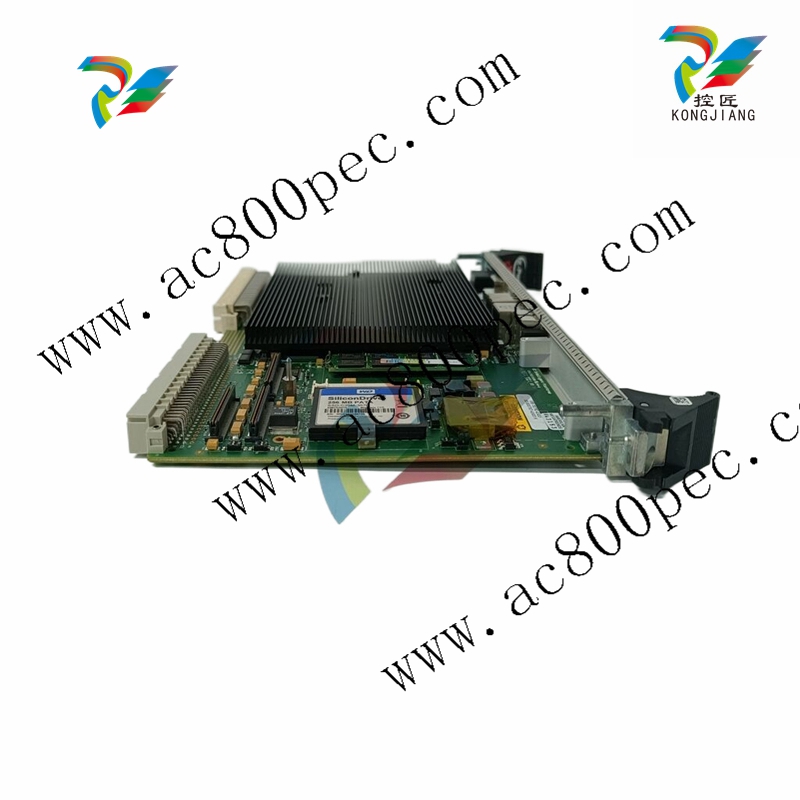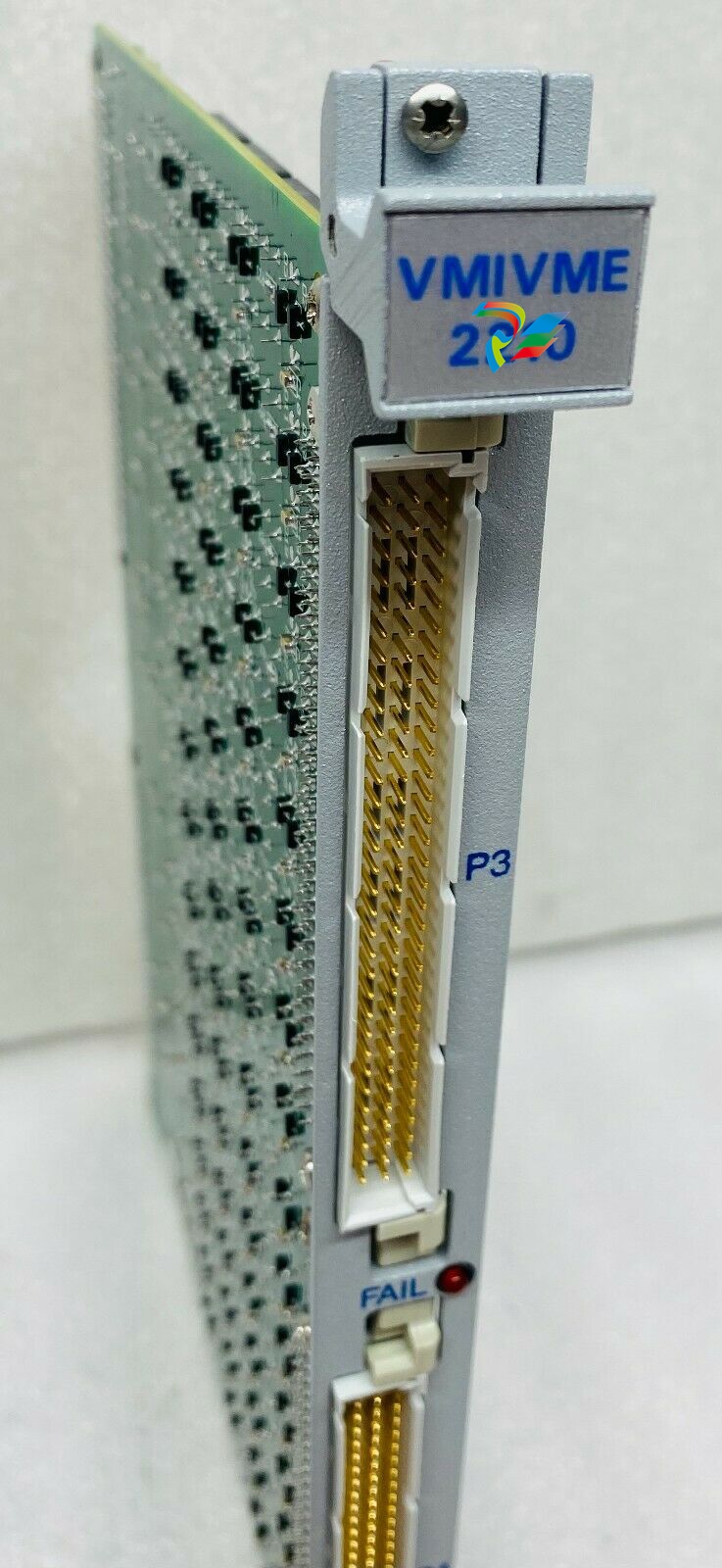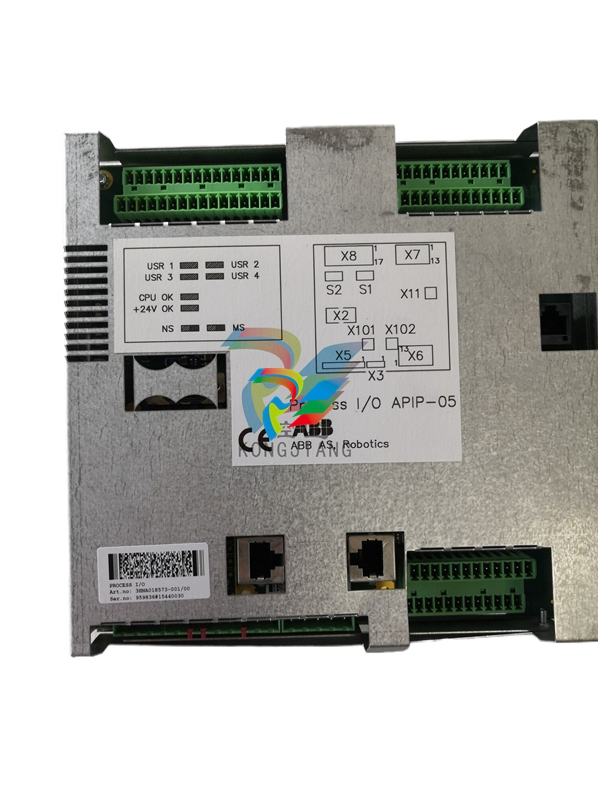
Product Overview
The Bristol Babcock ControlWave Micro 396603-01-7 is a specialized Isolated Analog Output Module designed for use with the ControlWave Micro automation platform. As an integral component of Emerson's industrial control systems portfolio, this module provides high-precision analog output capabilities with electrical isolation, making it suitable for demanding process control applications.
Technical Specifications
Basic Specifications
| Manufacturer | Bristol Babcock (Emerson) |
| Model | ControlWave Micro |
| Part Number | 396603-01-7 |
| Type | Isolated Analog Output Module |
| Form Factor | ControlWave Micro Compatible |
I/O Specifications
| Number of Channels | 4 points |
| Output Type | 4-20 mA (standard) |
| Resolution | 16-bit |
| Isolation | Channel-to-channel and channel-to-ground |
| Update Rate | 50 ms (typical) |
Electrical Specifications
| Supply Voltage | 24 VDC (from system) |
| Power Consumption | 3.5 W (typical) |
| Output Load | 0-750 Ω |
| Short Circuit Protection | Yes |
| Open Circuit Detection | Yes |
Environmental Specifications
| Operating Temperature | -40°C to +70°C |
| Storage Temperature | -40°C to +85°C |
| Humidity | 5% to 95% RH, non-condensing |
| Vibration Resistance | IEC 60068-2-6 compliant |
| Shock Resistance | IEC 60068-2-27 compliant |
System Architecture & Integration
The 396603-01-7 Isolated Analog Output Module is designed to integrate seamlessly with the ControlWave Micro automation platform. Understanding its position within the broader system architecture is crucial for successful implementation.
System Components
The ControlWave Micro system typically consists of:
CPU Module (e.g., 396563 series)
Base Chassis (396560 series)
Power Supply Module (396657 series)
Various I/O Modules including:
Digital Input Modules
Digital Output Modules
Analog Input Modules
Analog Output Modules (396603 series)
Communication Interfaces
The 396603-01-7 module connects to the system via the backplane of the chassis, receiving power and communication through this interface.
Integration Methods
Integration of the 396603-01-7 module involves:
Physical Installation: Module insertion into an available slot in the ControlWave Micro chassis
Field Wiring: Connection of field devices to the module's terminals according to the specified pinout
Configuration: Setting up the module parameters using ControlWave Designer software
Calibration: Fine-tuning output signals to match field device requirements
Validation: Testing the complete signal path from controller to field device
Proper grounding and shielding of analog signal cables is essential for maintaining the isolation benefits of this module.
Functional Analysis
The 396603-01-7 module converts digital values from the controller into precise analog current outputs. Each channel operates independently with its own digital-to-analog converter (DAC) and isolation circuitry.
The signal processing flow includes:
Digital value reception from the controller (via backplane)
Digital filtering and scaling based on configuration parameters
Conversion to analog signals via high-precision 16-bit DACs
Signal conditioning and current output stage
Electrical isolation via optical or transformer-based isolators
Output driver circuits with protection mechanisms
This architecture ensures high accuracy and stability across the full operating temperature range while maintaining electrical isolation.
The isolation technology in the 396603-01-7 module is a critical feature that protects both the module and connected field devices from electrical disturbances. The module provides:
Channel-to-Channel Isolation: Each output channel is electrically isolated from other channels, preventing cross-channel interference
Channel-to-System Isolation: The output channels are isolated from the system's internal electronics, protecting the controller from field disturbances
Galvanic Isolation: Complete electrical separation using transformers or optocouplers to eliminate ground loops
Common Mode Rejection: High immunity to common mode voltages that may be present in industrial environments
This comprehensive isolation scheme makes the module suitable for applications in electrically noisy environments or where ground potential differences exist.
Application Scenarios
Process Control Applications
The 396603-01-7 module excels in process control applications requiring analog outputs:
Valve Positioning: Precise control of modulating control valves in fluid systems
Variable Frequency Drives: Speed control for motors in pumping or conveying systems
Pressure Regulation: Output signals to pressure controllers in gas or liquid systems
Temperature Control: Setpoint signals to temperature controllers in heating systems
Chemical Dosing: Control of metering pumps in water treatment or chemical processes


